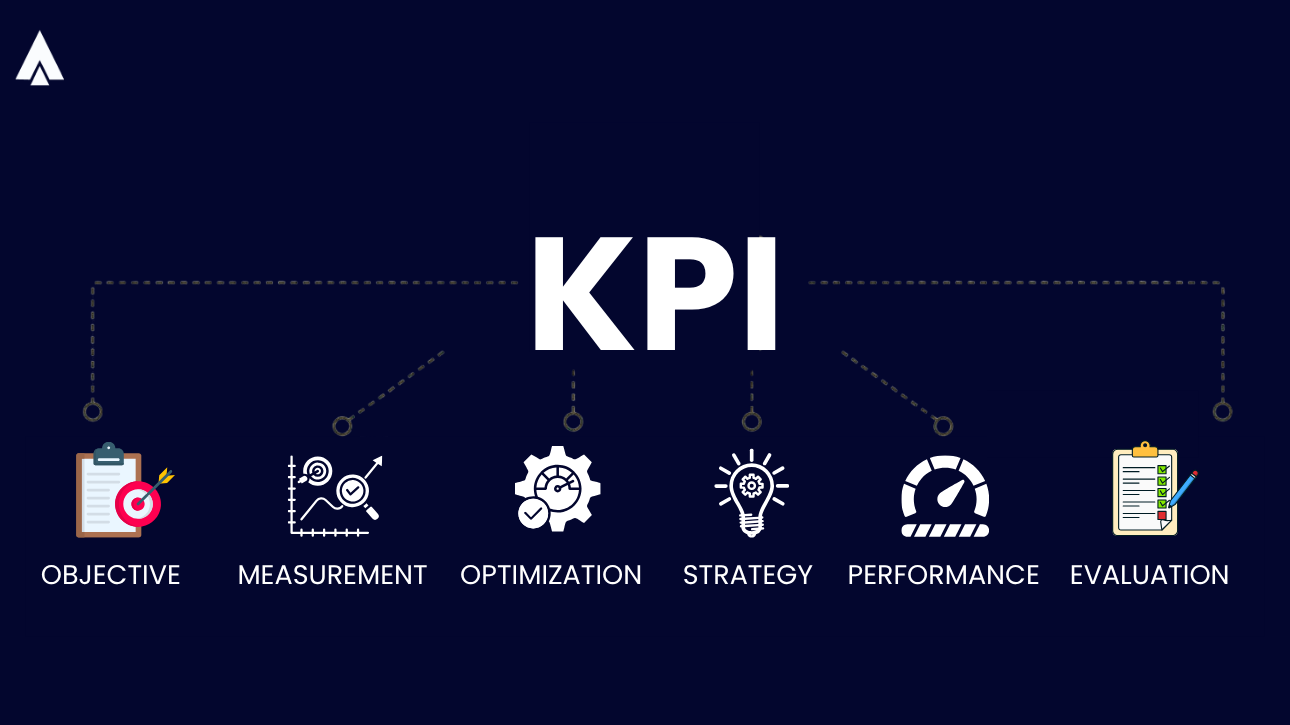What if your call center could handle twice the workload in half the time, without overwhelming your agents?
That’s exactly the kind of efficiency AI brings to the table. From automating routine tasks to predicting customer needs before they even reach out, AI is transforming the way contact centers operate.
It’s not just about saving time, it’s about creating smarter workflows, happier customers, and empowered agents.
Let’s understand how AI helps streamline operations, boost productivity, and elevate customer experiences—all while keeping your teams a step ahead.
Understanding AI Automation in Call Centers
AI automation refers to the deployment of advanced technologies like chatbots and voice assistants to manage mundane operations. The goal is to utilize human involvement strictly for highly specialized tasks. These tools streamline customer interactions, boost agent productivity, and make the entire communication process faster and more cost-effective.
By adopting AI, businesses can deliver faster resolutions, reduce wait times, and offer more personalized support—leading to better customer satisfaction and improved operational efficiency. AI unlocks agent potential by handling post-call summaries and quality monitoring—but when it comes to scaling outbound outreach, partnering with auto dialer service companies can multiply efficiency further
Technologies that Form the Basis of AI In Call Center
Conversational AI is at the front line of automated customer interaction. It includes technologies like chatbots, voice recognition, Natural Language Processing (NLP), Machine Learning (ML) and Deep Learning, Automatic Speech Recognition (ASR), Generative AI, and Data Mining.
Recent studies value the current market at $10.5 billion. It’s also expected to surpass $86 billion by 2032, expanding at a CAGR of 23.97%.
Let’s understand each component in detail:
1. Chatbots and Virtual Assistants
These tools simulate human conversation using pre-trained data and natural language models. Whether via text or voice, they can answer common questions, help users track orders, book appointments, or even initiate refunds.
- They work 24/7, reducing the burden on agents during peak hours or after business hours.
- They can integrate with backend systems like CRMs and ERPs to fetch personalized customer information in real time.
- Some advanced chatbots even learn from each interaction, improving over time.
2. Voice Recognition Technology
AI doesn’t just read, it listens too. Its voice recognition capabilities allow systems to interpret spoken language and turn it into actionable data.
- It helps AI understand customer requests in real time, even with accents, slang, or background noise.
- When intent is clear, it delivers instant responses. If not, it escalates the call to a live agent with context attached.
- This ensures faster resolutions and less frustration for customers who prefer speaking over typing.
3. Natural Language Processing (NLP)
NLP is the brain behind conversational AI. It helps AI decode not just words but the meaning and emotion behind them.
- It enables bots and voice assistants to understand human language more naturally.
- It identifies intent, urgency, and sentiment—all in real time.
- NLP also improves self-service accuracy and ensures that automated replies don’t sound robotic.
4. Predictive Analytics
AI doesn’t just respond—it anticipates. Predictive analytics uses past behavior and trends to inform future interactions.
- It helps call centers forecast call volumes, customer needs, and agent availability.
- It can suggest the best time to call a lead or predict which customers are at risk of churning.
- This allows for better planning, reduced wait times, and higher conversion rates.
- This allows for better planning, reduced wait times, and higher conversion rates especially when integrated with a hosted auto dialer, enabling seamless execution at scale.
5. Machine Learning (ML) and Deep Learning
Machine Learning and Deep Learning are the engines behind continuous improvement in AI-driven communication.
- ML models learn from every interaction, improving response accuracy, call routing, and customer insights over time.
- Deep Learning takes it further by using layered neural networks to process complex patterns in voice, text, and behavior.
- Together, they help scale AI performance without manually updating rule sets.
6. Automatic Speech Recognition (ASR)
ASR allows AI to convert spoken language into written text with speed and precision.
- It powers voice bots, real-time transcription tools, and live agent assist features.
- ASR handles multilingual input, reduces miscommunication, and helps create searchable transcripts.
- It also enables compliance monitoring by logging and analyzing entire conversations accurately.
7. Generative AI
Generative AI helps create dynamic responses and summarize conversations to enhance agent and customer experience.
- It generates personalized email follow-ups, call summaries, and even FAQ updates based on live interactions.
- It can simulate human-like responses in support chats and voice calls, reducing the need for templated replies.
- Agents also benefit—Generative AI provides real-time content suggestions to handle objections or upsell.
8. Data Mining
Data mining uncovers patterns and trends hidden in large datasets, like calls, chats and CRM logs.
- It identifies which types of queries spike at certain times, the fastest ticket resolving agents, and campaigns which drove the most calls.
- These insights guide smarter business decisions, from staffing to product design.
- Combined with AI, data mining has become proactive in suggesting next steps instead of just describing the past.
How Does AI Improve Call Center Efficiency?
Now that you understand the technologies that fuel AI in call centers, let’s look at how AI helps improve efficiency:
1. Focusing on QA for Delivering Maximum ROI
QA teams typically review only 3–5 calls per agent each month, often less than 1% of total interactions. AI systems can analyze 100% of customer interactions across voice and messaging channels, improving accuracy, uncovering patterns, and helping teams make data-backed decisions.
With AI-driven transcriptions, every conversation is automatically converted into searchable text, making them easier to review and analyze.
With AI, you cannot only boost the precision of QA efforts but also free your team to focus on conversations that require nuance and empathy.
2. Hyper-Personalization as the Norm
When it comes to personalizing your customer interactions, 71% of your customers expect more than just a first name greeting. They want contextual, relevant experiences. Hence, basic segmentation is no longer enough. Hyper-personalization now means using AI to deliver real-time insights during customer interactions, adapting messaging to tone, emotion, and intent.
To deliver genuinely personalized experiences that your customers value, it’s essential to bring all your customer data together in one place.
This involves using tools like real-time CRM systems or customer data platforms (CDPs) that connect with various communication channels—such as email, social media, and live chat.
In fact, using both systems in tandem can offer even deeper insights and more seamless integration.
You can also deploy an underutilized AI segment aka. sentiment analysis. It uses AI to find and understand the feelings behind words. It can analyze your customer’s texts and help you detect whether they are happy, angry, or frustrated, based on what they’ve written.
3. Generative AI Streamlines Content and Communication
One of the most transformative trends in automation today is the rise of Gen AI. Powered by large language models (LLMs), this technology can help you create and personalize various forms of content ranging from text, audio, and imagery.
According to Gartner, Gen AI is all set to be a popular choice among 80% of customer service and support teams. The reason? The technology is widely accessible and supports a broad range of use cases.
Some of the most valuable applications of Gen AI in contact centers include:
- Conversation summarization: Customers often get frustrated when they have to repeat information after being transferred between agents or channels. Gen AI automatically summarizes chats, calls, and even dropped conversations, ensuring agents have the full context for smooth, efficient handoffs.
- Suggested responses: Acting like a virtual assistant, AI can recommend appropriate replies based on a customer’s history and behavior. It speeds up responses and helps maintain consistency and accuracy across interactions.
- Knowledge-based answers: Gen AI can pull relevant information from internal databases to offer fast and accurate replies. For instance, it might suggest the most suitable help articles and highlight the most useful sections to guide both agents and customers.
4. Agentic AI Redefines Call Center Automation
Agentic AI goes beyond task automation—it reasons, makes decisions, and acts autonomously within defined parameters. This evolution enables systems to self-correct, prioritize tasks, and even reroute workflows based on performance or urgency.
With agentic AI, call centers can:
- Execute complex tasks without manual intervention
Agentic AI autonomously handles multi-step processes like verifying user details, retrieving past interactions. This helps save time and reduce repetitive tasks for agents.
- Make intelligent decisions in real time
Instead of relying solely on pre-set rules, agentic AI analyzes live data to make context-aware choices. It can re-route calls, prioritize high-value interactions, or adjust workflows on the fly.
- Anticipate issues before they arise
Agentic AI can proactively resolve common problems, send reminders, or flag potential escalations. This helps ensure smoother operations and better customer experiences.
5. AI Optimizes Contact Center Infrastructure
AI can help you foresee any infrastructural changes that might be required in your contact centers. It can forecast traffic spikes, manage bandwidth, and assign agents based on past and current trends.
For example, during a major sales event like Black Friday, AI can analyze historical data and live call patterns to predict a surge in call volume. As a response, it can then automatically scale up the bandwidth and route calls to the available agents to prevent server crashes. All this, by studying real-time data and predicting demand.
Real-time analytics dashboards give IT teams visibility into performance, enabling proactive decision-making and maintaining operational agility without added complexity.
AI + UCaaS = Winning Strategic Communication
AI isn’t a replacement for human agents. It’s their superpower. It removes the noise, enhances clarity, and puts the focus back on meaningful communication.
With Acefone’s next-gen, AI-powered UCaaS solution, you don’t just improve efficiency, you improve strategy. Whether it’s cutting wait times, understanding your customers better, or getting key detailed insights, strategic communication is the way forward.














